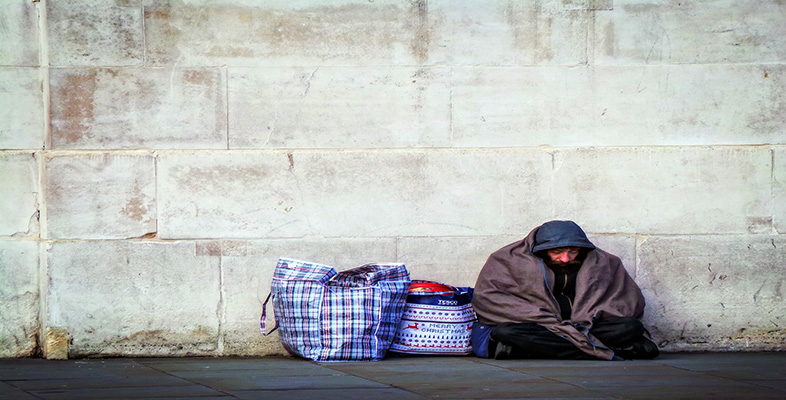1.4 Summary
We have seen that social problems are ‘social’ in the sense that they capture public attention. They are more than private troubles, perhaps through reasons of scale but certainly because they are able to connect with other public issues, values and concerns – for example, with contemporary concerns about social justice or social order. They are historically and culturally specific – that is, they belong to, or are visible in, particular societies at particular times. Finally, while they may be associated with changing social conditions (a rise or fall in the numbers of people in a particular condition such as poverty or homelessness), their status as social problems depends upon how they are perceived. If, for example, a condition such as homelessness is seen as a matter of individual choice or misfortune, it is unlikely to be viewed as a ‘social’ problem requiring public attention and action. A process of social construction determines both which issues are defined as social problems and the ways in which they are defined as such.
